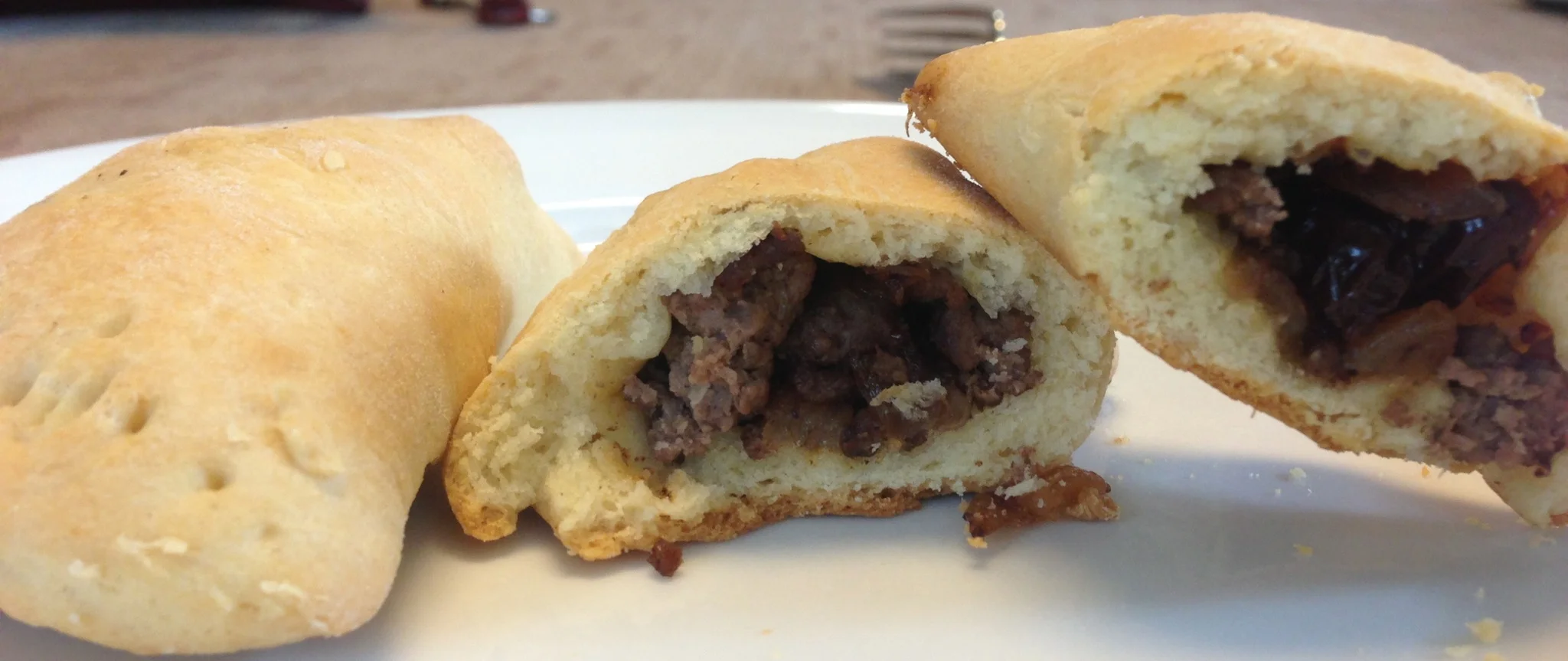My mom took very limited Spanish in high school and again when she was working in Kansas, and now that all three of her children are studying the language, she's trying to catch up. For many years, we heard her recite a memorized dialogue in which she introduces herself to her imaginary friend, Juanita. "Mucho gusto, Juanita," or "Nice to meet you, Juanita," was a familiar refrain anytime we mentioned anything about our Spanish learning.
Mom begins learning with Rosetta Stone.
She purchased Rosetta Stone as well as "Learn Spanish in Three Months" tapes and book. As with most technology projects, she needed some help setting it up. After two emails to Rosetta customer service, we still haven't gotten the headset part set up, but above she is starting to learn simple sentences like "The boy eats" or "The girls swim." Ethan and I have been correcting her pronunciation until she gets the words right.
Rosetta Stone has a speaking component built into the program. Instead of having a computer decide if your speech is correct, it schedules you a time with a native speaker to practice. As she progresses in the program, I'm curious to find out what these conversations are like. Where are they getting the Spanish speakers? What kinds of accents do they have? Something many new Spanish users struggle with is accents--think about all the different accents from countries where English is spoken. For example, while people in the United States understand the English spoken in South Africa, word usage and some grammatical constructions are different. These differences are magnified to new learners.
I'm hoping my mom has enough time to really commit to learning Spanish. She needs to think about it every day and have a dedicated time to succeed. I think she would enjoy being able to be a part of the language Ethan, Laura, and I study.



